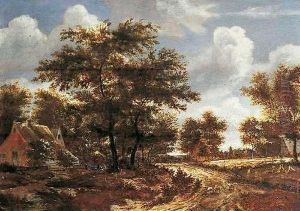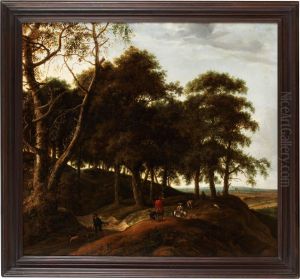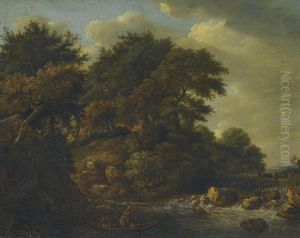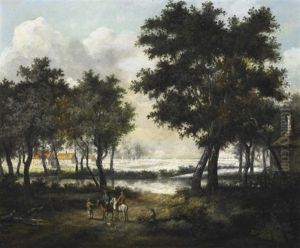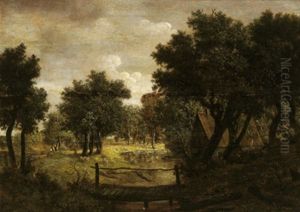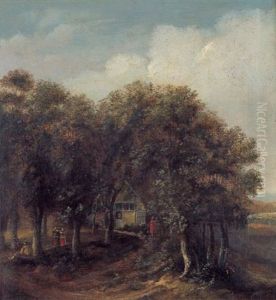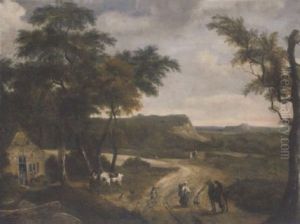Isaac Koene Paintings
Isaac Koene, also known as Isaak Koene, was a Dutch Golden Age painter born in 1618 in Amsterdam, Netherlands. His life spanned a period of great cultural, economic, and artistic growth in the Dutch Republic, often referred to as the Dutch Golden Age. However, there is limited information available about his biography, and he is not as well-known as some of his contemporaries, such as Rembrandt or Vermeer.
Koene primarily worked as a landscape painter, which was a popular genre in the 17th century in the Netherlands. His works likely depicted the Dutch countryside, with an emphasis on the natural beauty and serenity of the area. Dutch landscape paintings from this period often included scenes of daily life, with citizens engaging in various activities, and Koene’s work may have followed this trend.
The exact details of his artistic training are not well documented, but like many artists of his time, he would have likely been apprenticed to a master painter to learn the craft. He may have been influenced by other Dutch landscape painters such as Jacob van Ruisdael or Aelbert Cuyp. Koene's works would have been collected by the burgeoning middle and upper classes in the Dutch Republic, who sought to display their wealth and cultural sophistication in their homes.
Koene's death in 1692 marked the end of his contributions to the rich tapestry of Dutch art. Unfortunately, due to the scarcity of records, much of Koene's life and work remain shrouded in mystery, and his legacy is not as prominent as that of some of his peers. Nevertheless, as with many artists of the period, his paintings, if they have survived, would be of interest to art historians and collectors who specialize in the Dutch Golden Age.
